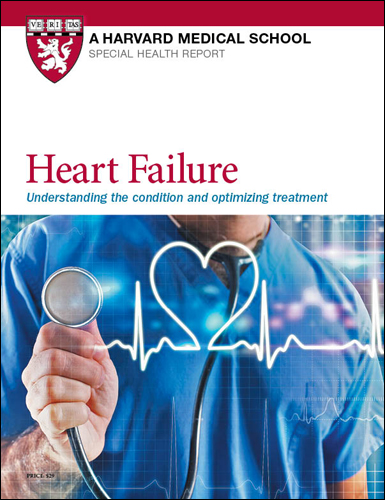Low heart rate warnings via smart watch
Ask the doctor

Q. Every once in a while, my smart watch informs me that my heart rate has dropped below 40 beats per minute. Is this any cause for concern?
A. The short answer is probably not — but there are a lot of caveats to consider. Are you experiencing any symptoms, such as feeling tired, dizzy, or weak, when these notifications appear? If the answer is no, that's reassuring. If yes, see a physician, as you might have a condition that warrants attention.
While you're awake, a normal resting heart rate is between 60 and 100 beats per minute (bpm), although it may drop well below 60 bpm when you're sleeping. Highly trained athletes and other people who exercise a great deal have very efficient hearts that beat more slowly when they're awake, sometimes even below 40 bpm.
But if you're not an elite athlete, there's another benign reason for an abnormally low heart rate reading. Remember that a smart watch is not a medical device, and the heart rate readings are not 100% reliable. Smart watches rely on optical sensors that detect light bouncing back from blood flow beneath the skin to measure your pulse. If the sensors aren't in close contact with your skin, the reading might be off. Of note: skin color does not appear to affect the accuracy of these measurements, according to one study.
Most smart watches include features that allow you to receive alerts when your heart rate dips below a certain level. For the Apple Watch, the default minimum heart rate setting is 40 bpm. However, doctors consider a slow heart rate to be less than 60 bpm when you're awake and active. Known as bradycardia, this condition usually results from a problem in the heart's natural pacemaker, the sinus node. The condition is fairly common in adults ages 70 and older and results from the normal wear and tear of aging. Other parts of the heart's electrical conduction system can also falter, causing a slow heart rate.
Heart valve infections, a history of heart surgery, and certain blood pressure drugs may cause bradycardia. Other possible causes include obstructive sleep apnea and low thyroid function (hypothyroidism).
Episodes of bradycardia may come and go, so they're difficult to detect on an in-office electrocardiogram (ECG), a brief recording of the heart's electrical activity. People usually need to wear a portable heart monitor that records an ECG for 24 to 72 hours. Borderline or occasional bradycardia may not need to be treated. Other cases may resolve with medication adjustments. But severe or long-lasting cases — especially if the heart rate falls to 50 or less and causes symptoms or fails to increase with physical activity — often require an implanted pacemaker to regulate the heart's rhythm.
Image: © deimagine/Getty Images
About the Author

Deepak L. Bhatt, M.D., M.P.H, Former Editor in Chief, Harvard Heart Letter
Disclaimer:
As a service to our readers, Harvard Health Publishing provides access to our library of archived content. Please note the date of last review or update on all articles.
No content on this site, regardless of date, should ever be used as a substitute for direct medical advice from your doctor or other qualified clinician.
















